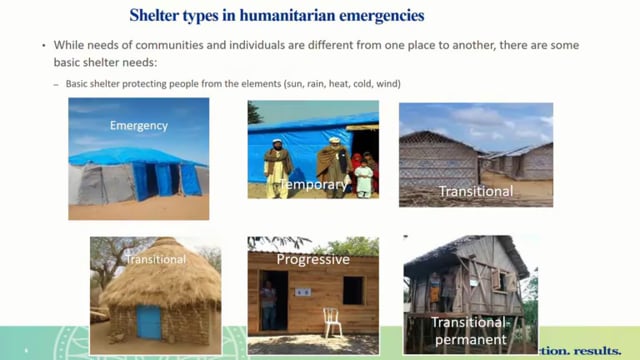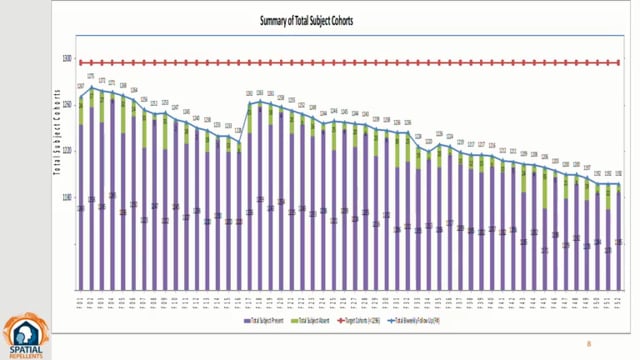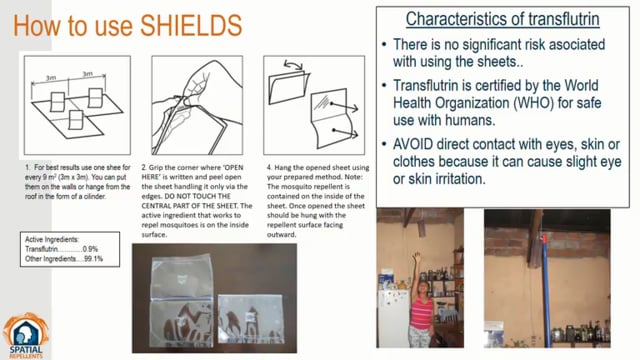Last Updated: 24/05/2024
Spatial repellents to reduce the outdoor transmission of malaria
Objectives
This project seeks to clarify and advance the evidence base on transfluthrin-treated hessian fabric strips (TTHFS) through meta-analysis of Tanzanian studies, semi- field and field testing in Thailand and Cambodia, and user acceptability studies in Cambodia to inform future studies and intervention designs.
The objectives of this project are:
- To conduct an individual participant data meta-analysis of entomological outcomes (Prospero CRD42021268852), and provide an update to a 2018 Cochrane review on spatial repellents using epidemiological outcomes.
- To investigate the protective efficacy of spatial repellents in Thai and Cambodian outdoor conditions.
- To establish user acceptability and identify modifiable barriers to spatial repellent uptake among Cambodian forest rangers and forest goers.
University of California San Francisco (UCSF), United States
Despite the recognized and urgent need for public health interventions that interrupt outdoor malaria transmission, no such proven interventions are available. Transfluthrin-treated hessian fabric strips (TTHFS) offer promise, showing more than six months of mosquito bite deterrence in Tanzanian settings. This project seeks to clarify and advance the evidence base on TTHFS through meta-analysis of Tanzanian studies, semi- field and field testing in Thailand and Cambodia, and user acceptability studies in Cambodia to inform future studies and intervention designs. This study will inform a future interventional study of optimized spatial repellents in Southeast Asia, to be performed subsequent to this K01 study.
Jan 2021 — Dec 2024
$594,976


